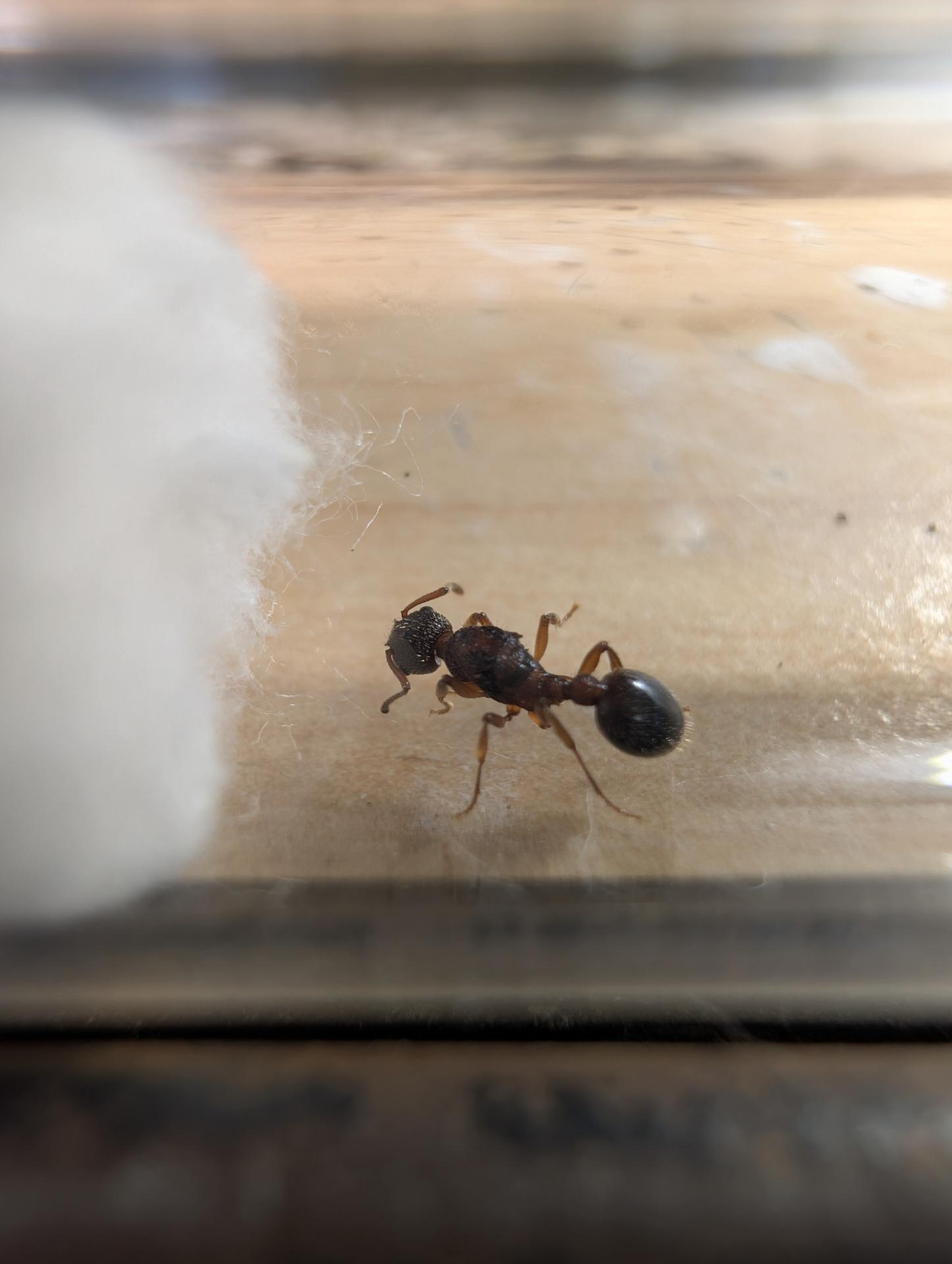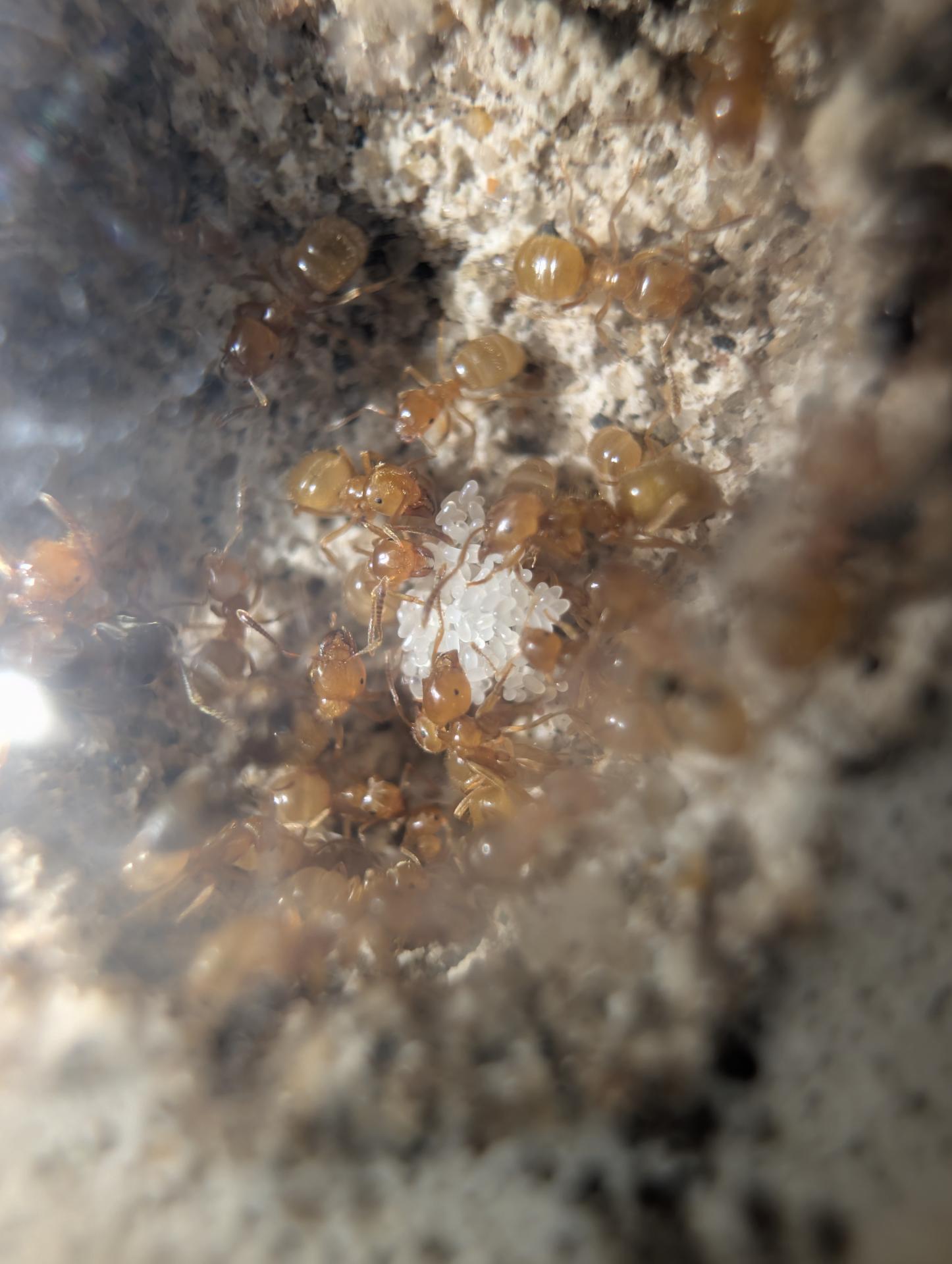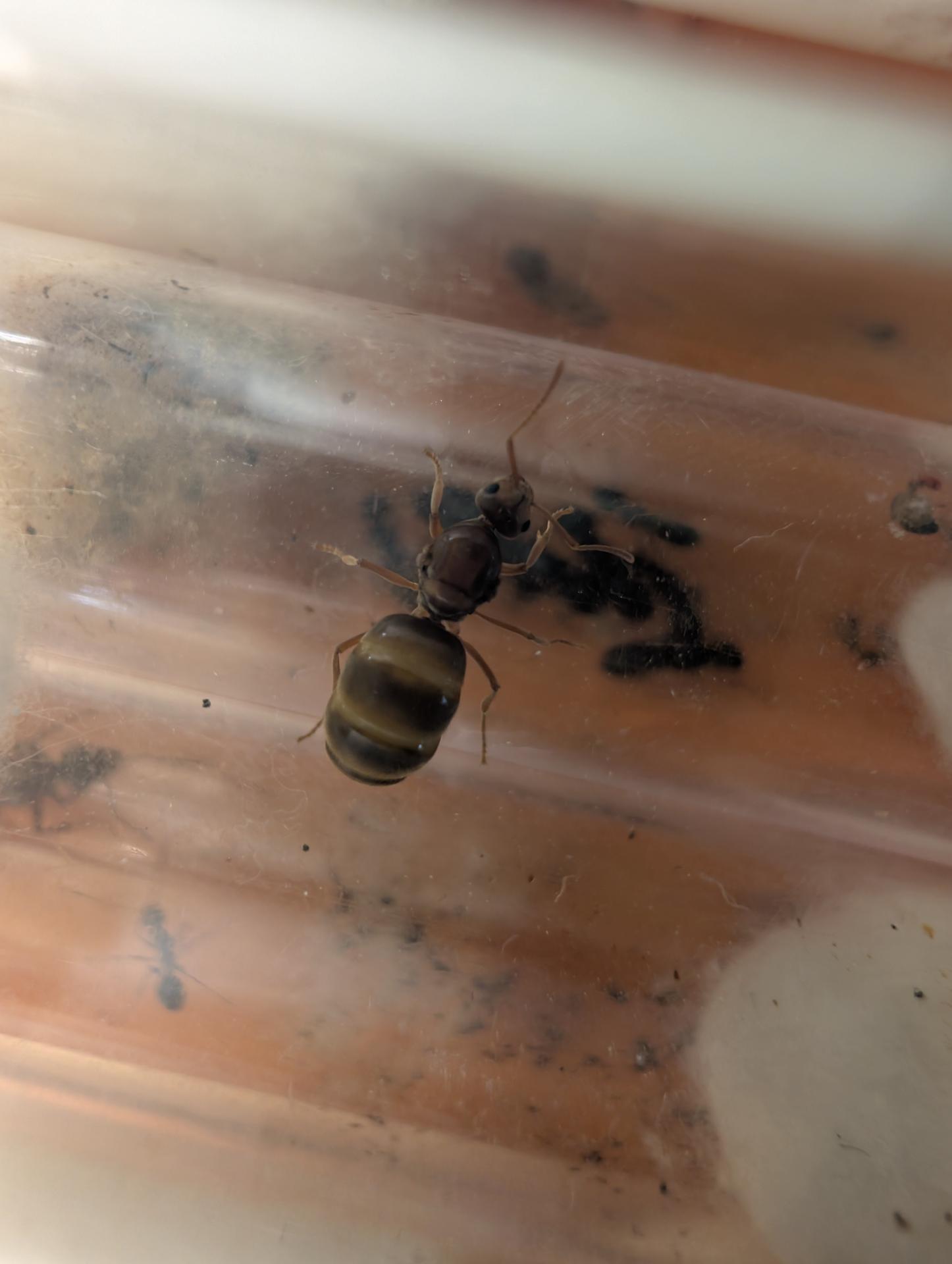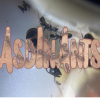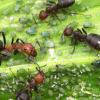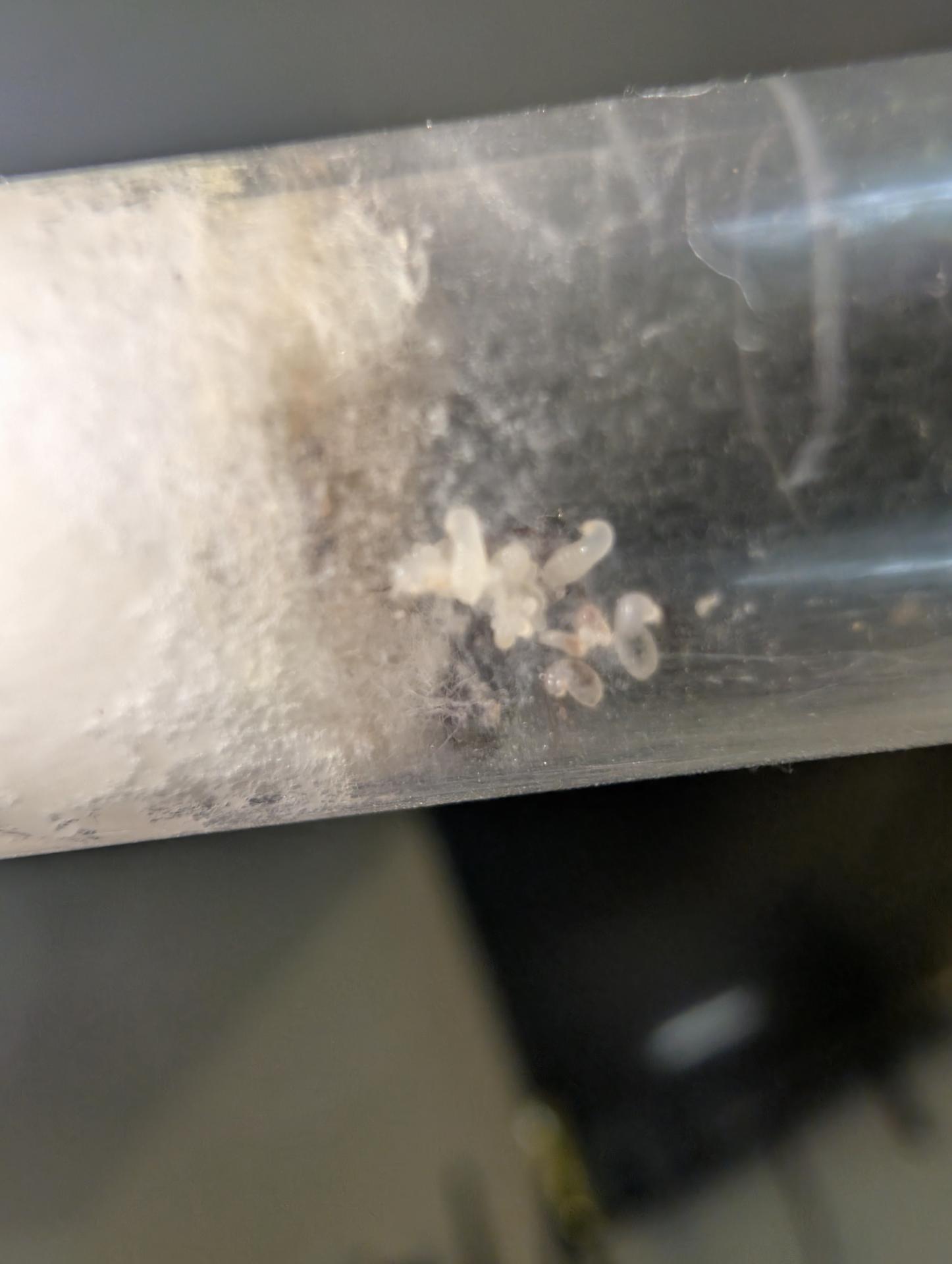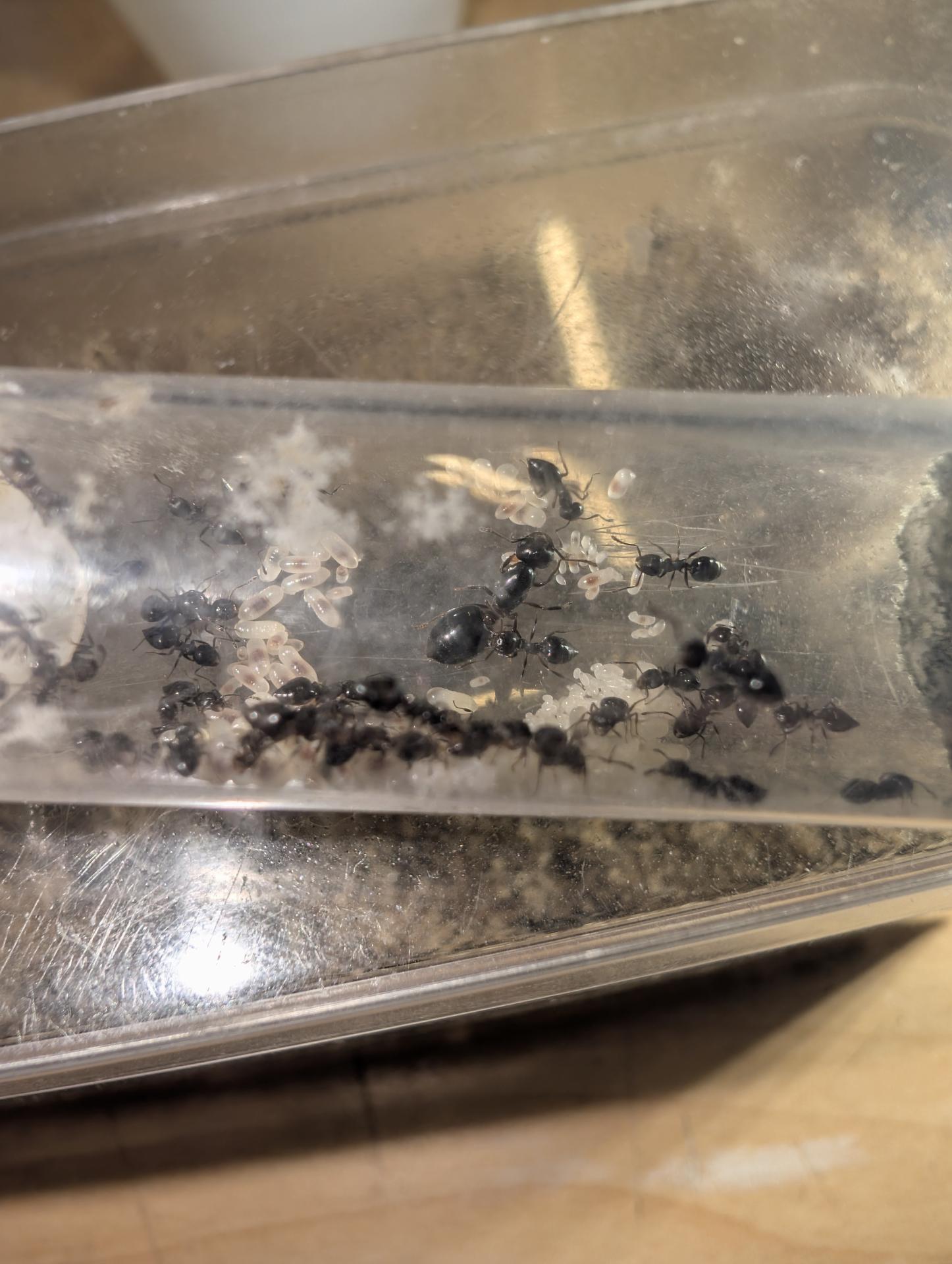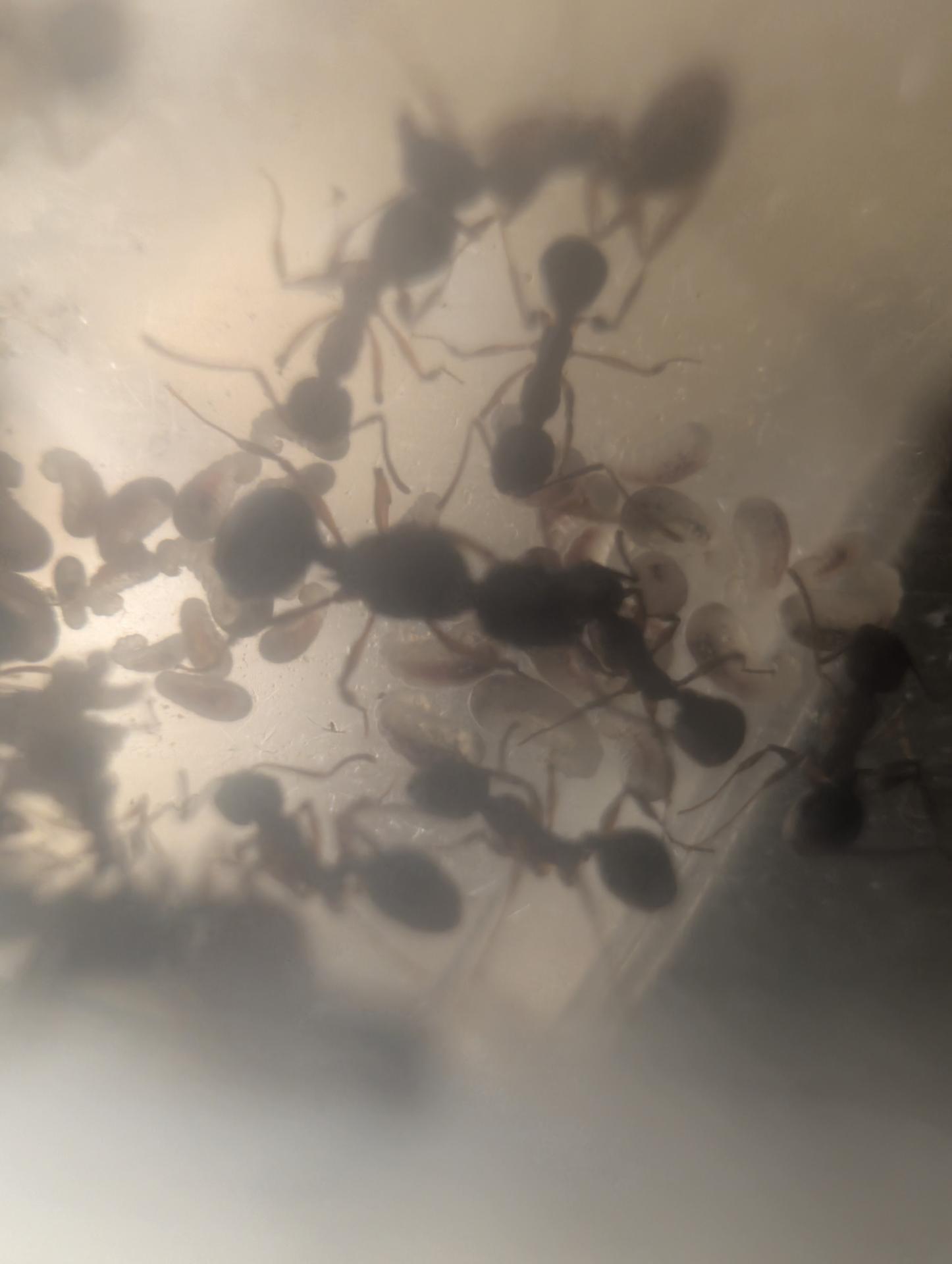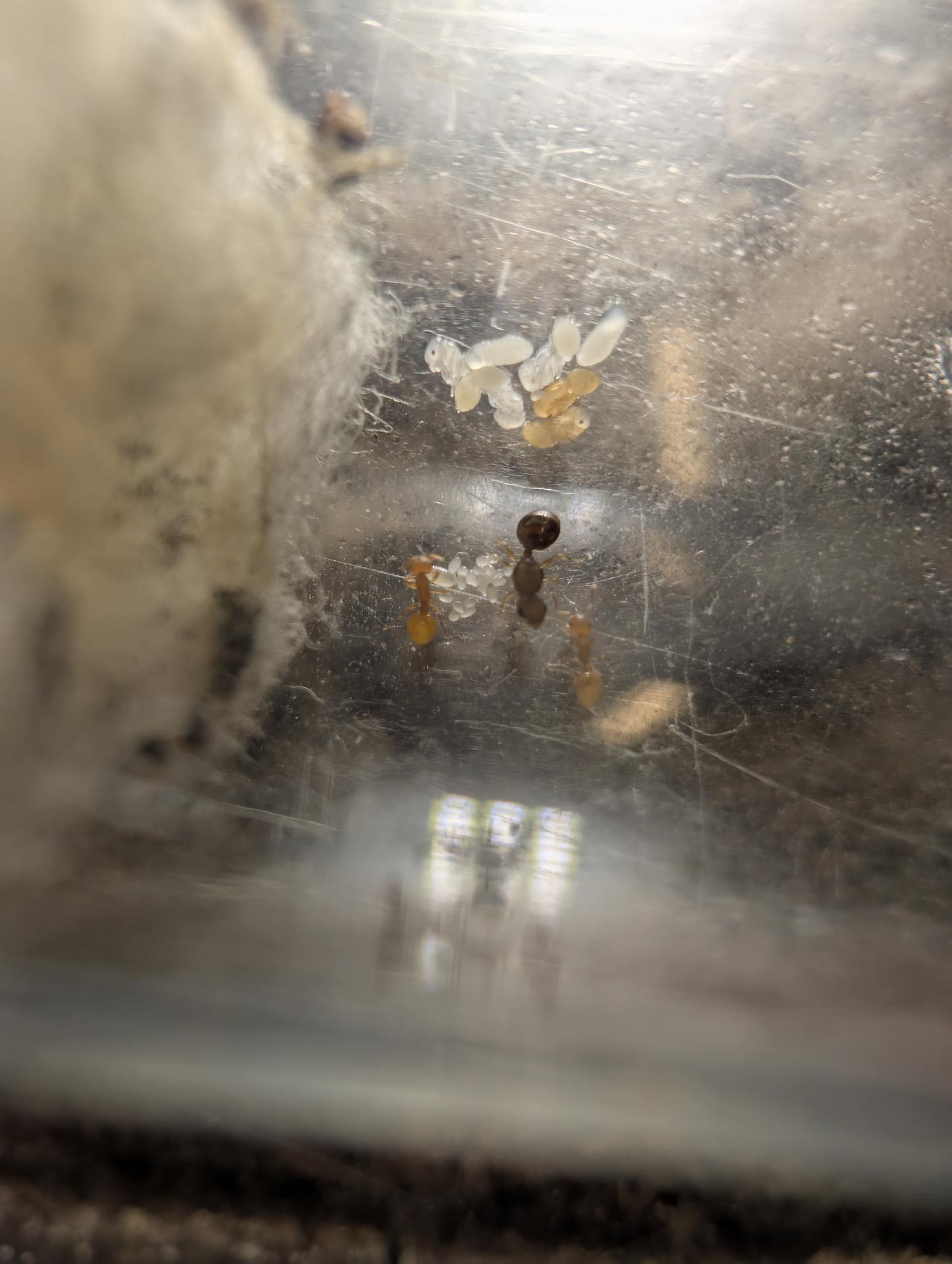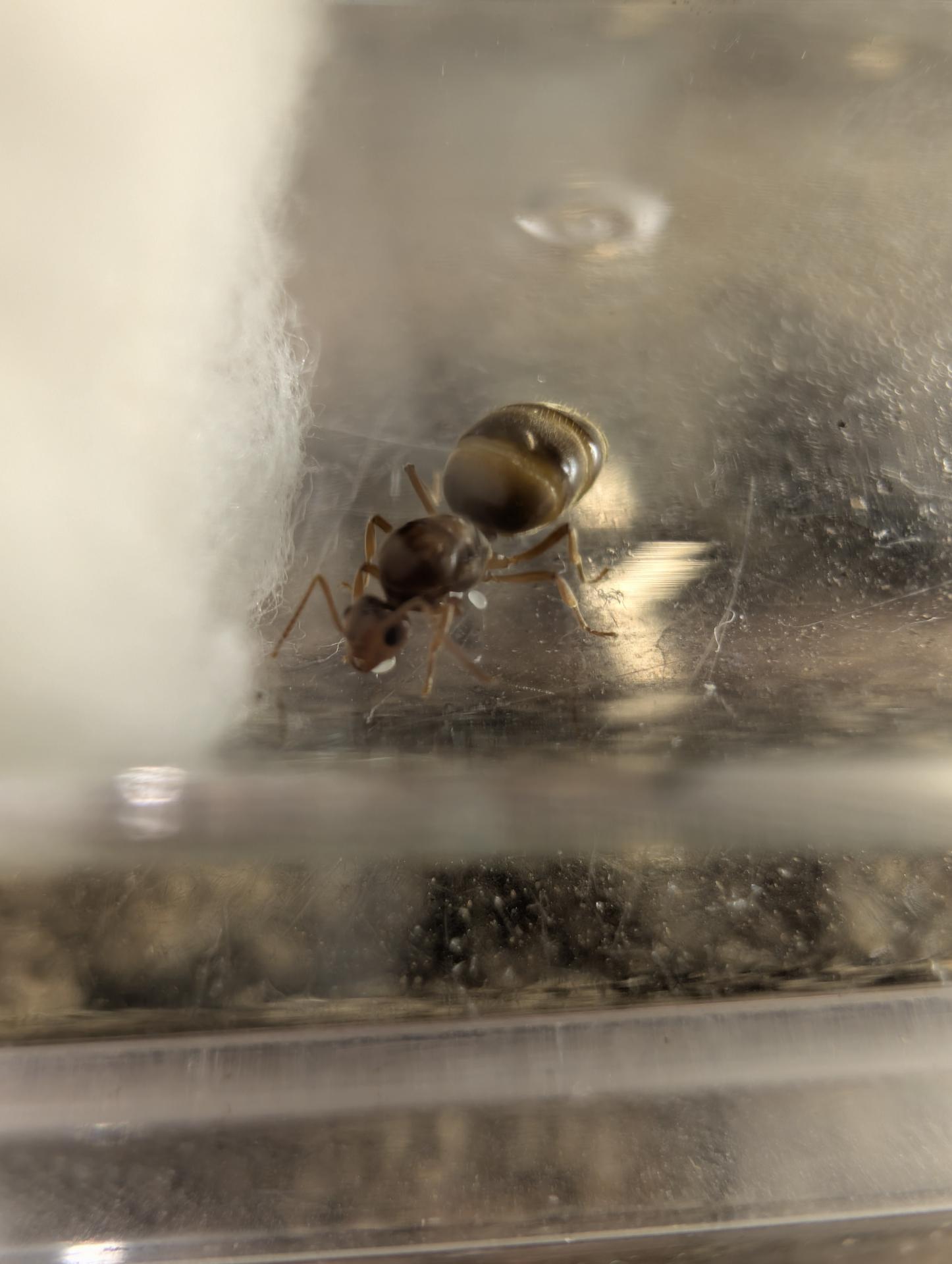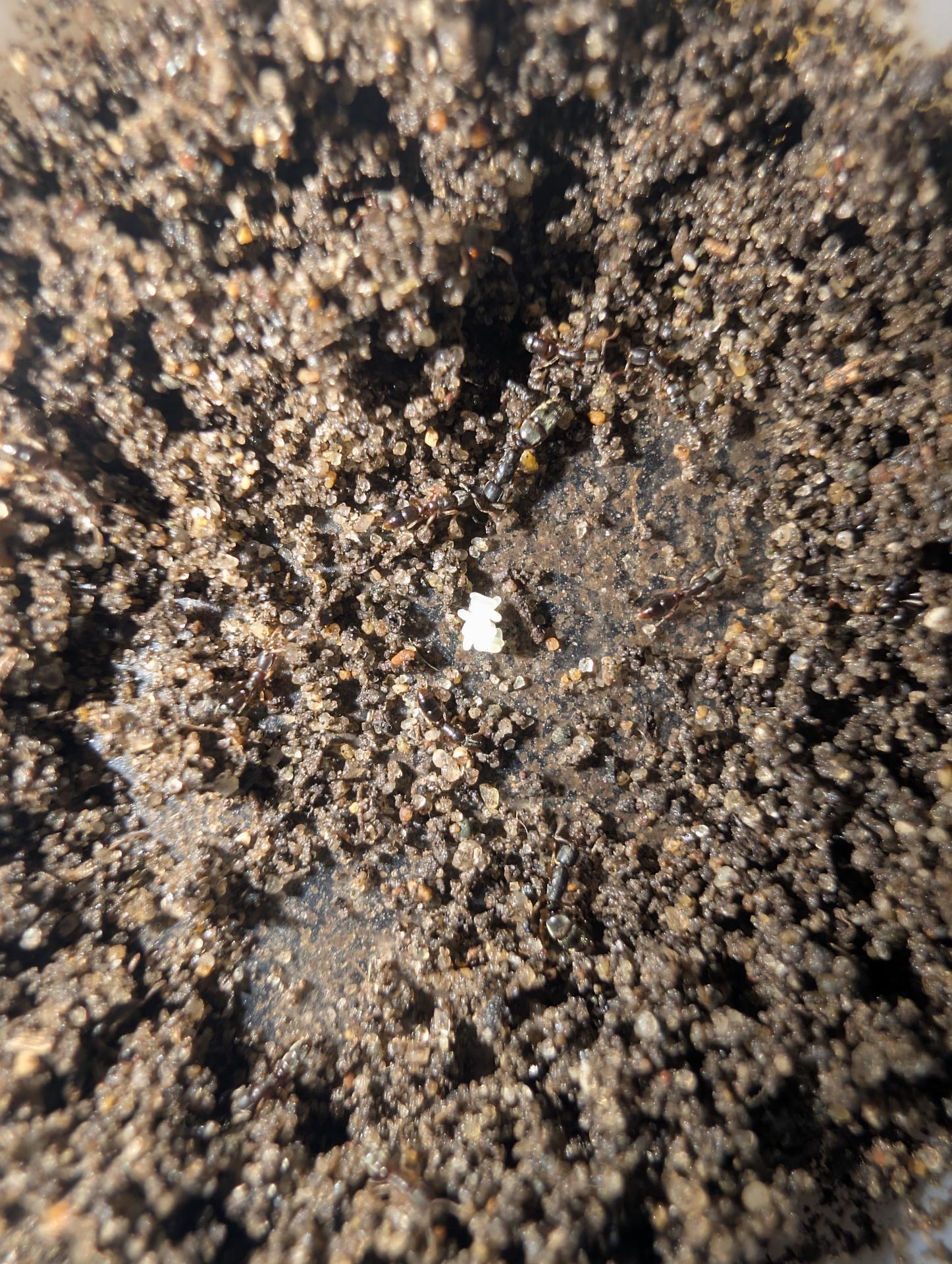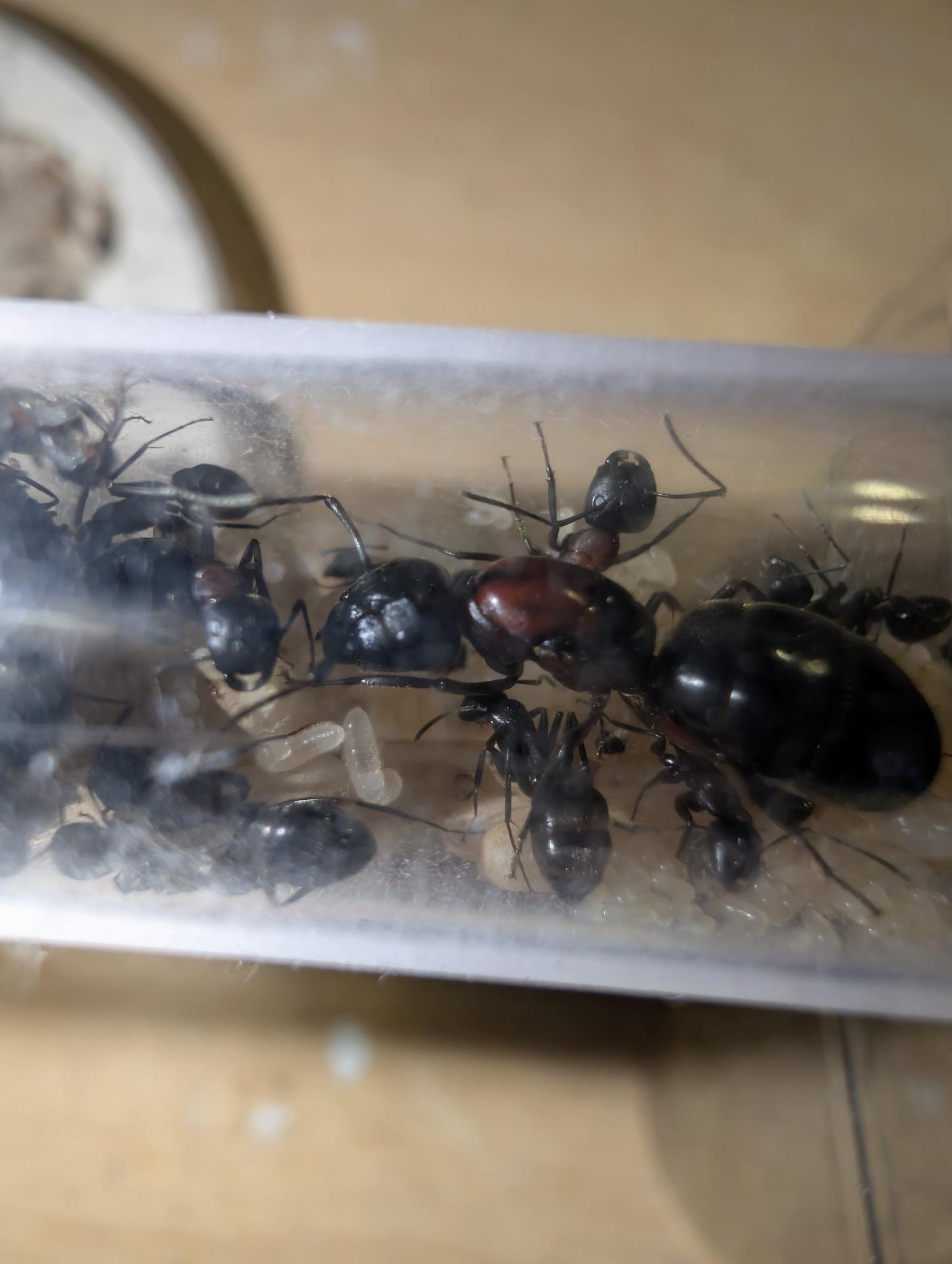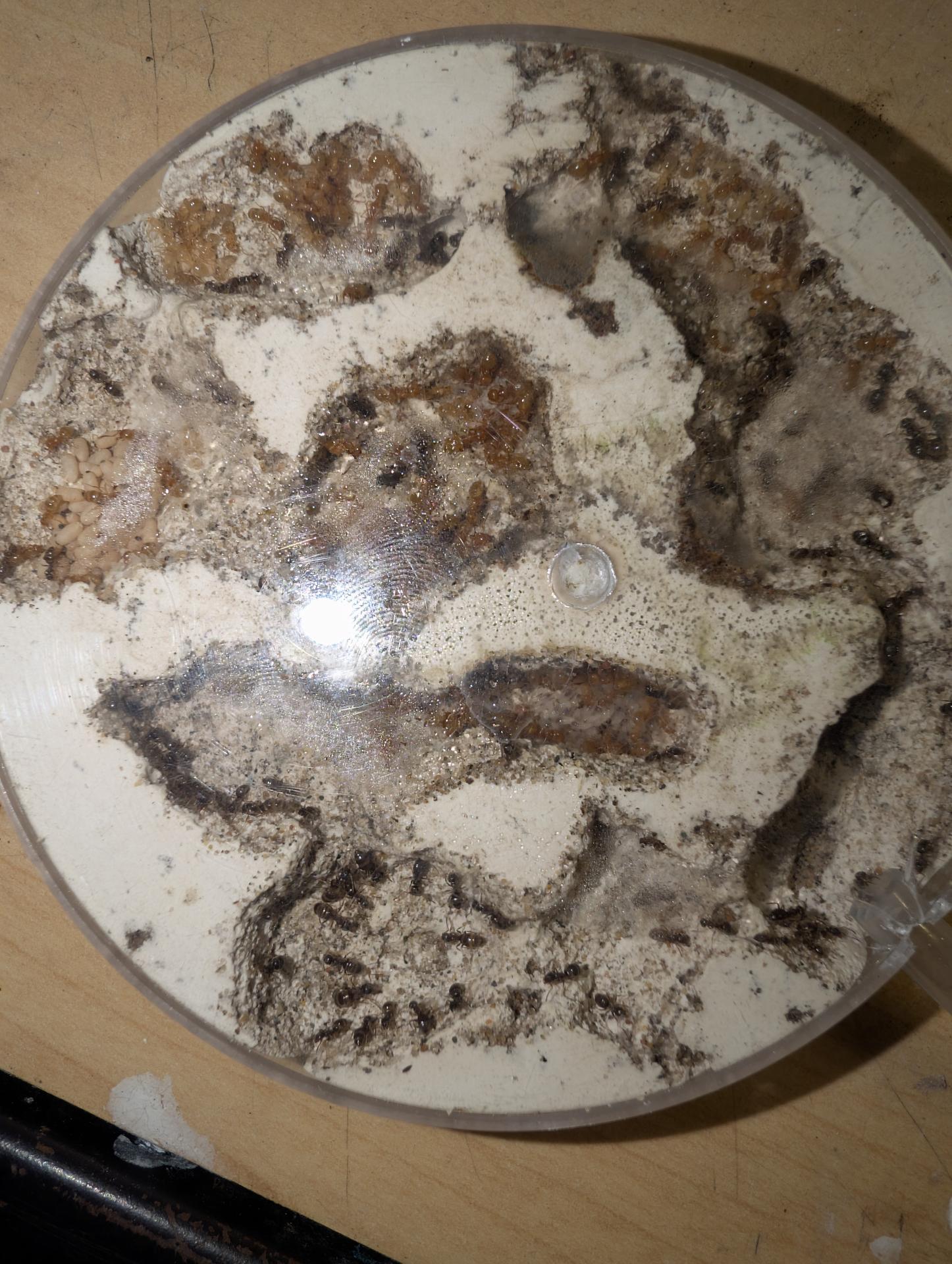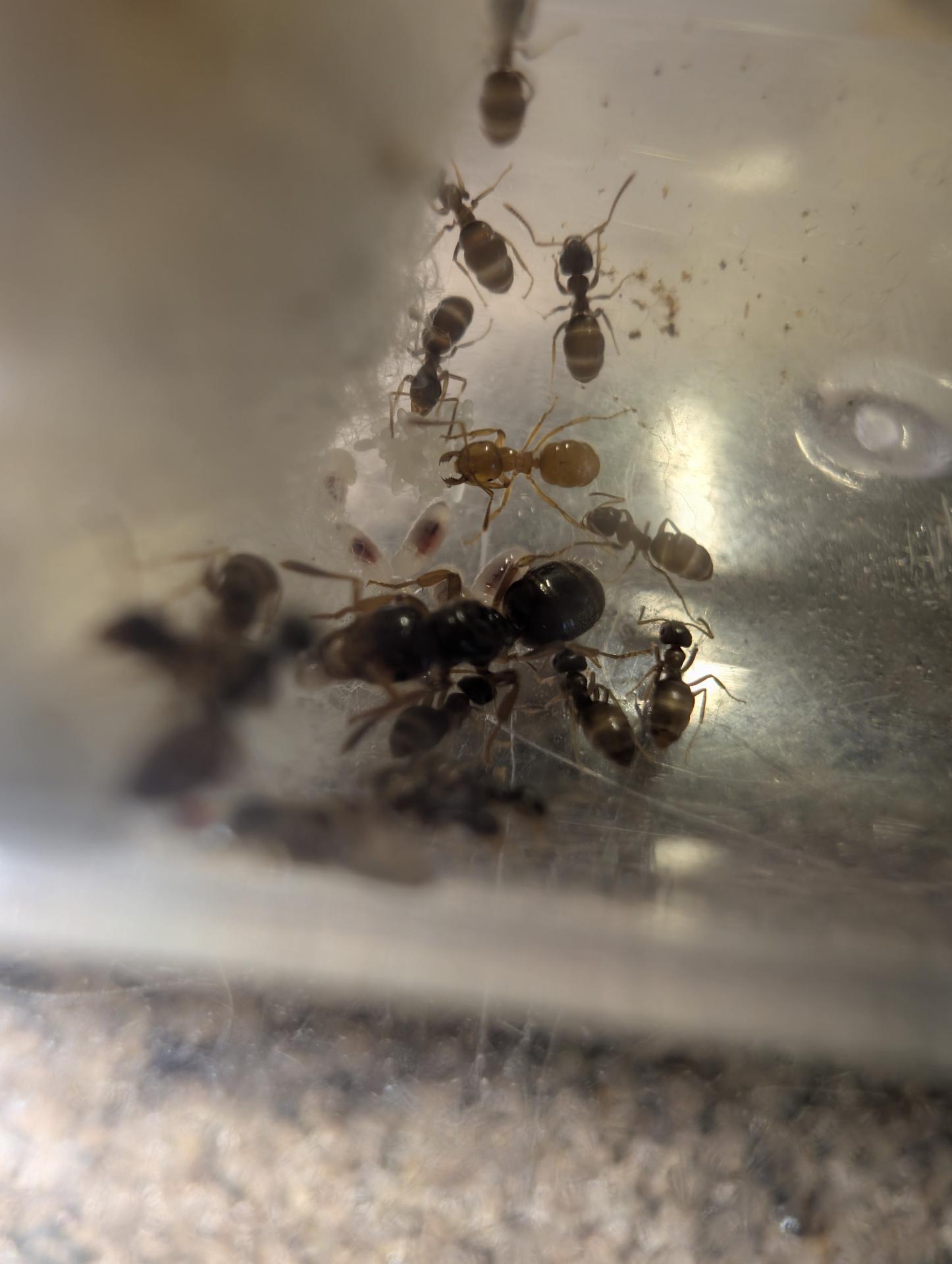Update # 1
Backstory and current conditions
Tetramorium immigrans:
This queen was caught during the summer of 2024. At her peak, she had around 300 workers. She was founded with 3 other queens and had 30-40 nanitics, which is a lot for a founding colony. Sadly, over time, they had tunneled through the cotton and drowned overnight. I was able to save a single queen out of the three, and one worker. She had not laid any eggs for a couple of months so I was convinced she was almost certainly going to fail in refounding. Despite that, I chose to keep her as she was the only one of the species that I had. Surprisingly, one morning I saw a pile of eggs, currently the queen still has that single worker, but she also has a pile of around 8 pieces of brood with a few larvae pupating the past few days. I am expecting 2-3 more workers in the next couple weeks.
Crematogaster cerasi: largest colony
I caught this queen in 2023 and she currently has 35-40 workers, which I know is a small amount for its age, but I have been limiting the population as I didn't have a nest available. During hibernation, their test tube had dried out, and when I went to check up on them, they had lost 13 workers and only had 4 pieces of brood left. Thankfully, they are recovering and have a ton of brood. One thing I noticed, was that they have a tendency to stick their brood on the ceiling, which I thought was weird.
Myrmica cf. americana:
I currently have 3 queens of this species. All of them were caught in August of 2024.
I will call them Queen 1, 2, and 3. Right now queen 1 is in the lead as she has a single callow that is hatching as I type this. She also has a couple other larvae and a ton of eggs. Queen 2 has a single egg and may be infertile. She has been in a cycle of laying eggs, eggs disappearing(might have been eaten), then laying more. Queen 3 has a pile of eggs that have been there for months, but they have not turned into larvae yet. All three queens readily accept food and sugar water, with queens 1 and 2 having very fat gasters. Queen 2 looks very skinny and accepts food but not as much as queens 1 and 2
Aphaenogaster sp.
Around the middle of summer, 2024, I had flipped a stone in the forest and found these girls. At the time she was a founding queen with 8 workers. Over the summer, she had grown to about 30 workers then began fizzing out. When I put them into hibernation, I honestly did not think they would survive, however, after hibernation, they seem to be doing much better and eat about 1 small mealworm every 2-3 days. I gave up on identifying them, if i gave it my best guess, I would probably say A. rudis or picea.
Temnothorax cf. curvispinosus:
This queen was caught on July 4th of 2024. I had gone on a small trip with my family, while we were eating, the queen just came up and flew onto the cooler. I also remember seeing Lasius cf. aphidicola fly on the same day. For some reason, she has stayed consistent of around 3-5 workers after the nanitics. I have been powerfeeding them in hopes of them growing larger and it seems to have worked. Right now, they have 4 workers with another 3 coming soon.
Prenolepis imparis:
I have caught these queens on 3 separate occasions with the first flight being the largest. The flights occurred on April 14th, 18th and today. I have a total of 17 queens, with 8 being winged and the other 9 wingless. The past few days, they have started to lay eggs. In the past I had kept during 2021, 2022, and 2023. In my attempts in keeping them, the first and second ones were successful, but I had to release them due to household problems. And in the third attempt, I had 5 queens in a test tube and they had laid eggs, but the queens died for some reason after that. Hopefully, I can successfully found another colony of these ants.
Formica pallidefulva:
My current single queen was caught in 2024. As noted by many other people on these forums, the brood grew incredibly fast. In about a month I had a colony with 5 nanitics. Weirdly, all but two of the nanitics died, I then put her in hibernation and was surprised to see that she was doing fine after. In about another month she had laid eggs that developed into 4 cocoons. One of the cocoons was eaten, and another was never opened. She has 4 workers right now, with two of them being nanitics and 2 more cocoons and 3 eggs. I've noticed that queens of this species lay eggs very unpredictably. They could go months without laying but then suddenly lay a huge clutch. In my other formica colonies I've seen them lay eggs consistently.
Ponera pennsylvanica:
I have 2 colonies of this species. One of them is a large colony with 20+ workers and 3 queens collected under a rock after a huge storm this month. The other, is a queen I found the same day under a pot outside, she laid eggs after 1 week. I later found another queen when taking bark off of a log, after I put her into the setup with the original queen, the eggs disappeared. Hopefully, they just put the eggs somewhere not visible.
Brachymyrmex delphis:
I have this colony in a terrarium with a lid. I have seen how notoriously difficult it is to found this species, in my experience I find a natural setup best for them. Back in 2022, I tossed 3 queens into a terrarium. Around half a year later I thought they were dead, it wasn't until I saw a few workers in the dirt next to the plastic that i realized they were still alive. Currently, they still like in the same terrarium with feedings every half a week or so. I estimate around 50 - 100 workers in the colony, as there are always around 10-20 roaming around in the dirt. Their actual nest does not seem to be up against the side though.
Camponotus pennsylvanicus:
I currently have 8 queens of this species, probably only 2 colonies will be actually shown on this journal. My largest colony is around the 50 - 60 mark. After hibernation, they have grown insanely fast with maybe 45 cocoons and lots of new eggs and larvae. the other colony is just a founding colony of carpenter ants with 4 workers, 3 cocoons and a large pile of eggs and larvae.
Camponotus novaeboracenisis:
The queen I have has a darker red colored thorax, close to being black, and workers looking basically black. She has 20-30 workers and a ton of eggs and brood. I used to have a colony of them in 2022. They had 60 workers, but I had to release them. A cool thing was that they moved out really quickly and I could watch them move. They moved around 2 meters away under a log. Sadly, last year some construction took place and destroyed the log and the ground in that area.
Tapinoma sessile:
Last year, I had been out catching tetra queens when saw this colony, it was in the thousands with hundreds of queens. They were moving under a rock warmed up by sunlight. After a couple of weeks i heard that that area was marked for construction and went there the day before it started to catch that colony. I only managed to catch a couple hundred workers and around 50 queens. They had a mite infestation and most of the workers were killed. However, the colony seems to have recovered with only a couple queens dying and 100 workers left.
Lasius aphidicola:
This queen was found under a log shortly after winter in 2024 she was supplied with 20 host cocoons at a time to found and was actually my first time founding a parasitic queen. After they hatched I put the queen into a tubs and tube sand setup. Shortly after, the queen laid a batch of eggs. I introduced more cocoons and hit the 100 mark. After that the queen's eggs hatched into a couple hundred larvae and I made a nest out of plaster and a petri dish. They moved in extremely quick, and have had a population boom. They currently have around 400 workers nesting in the sand and the plaster nest. I feed around 100 fruit flies per week and also give them a lot honey.
For anyone interested in the founding process, I read batspiderfishes's guide and used the callow method which seemed the most reliable. I then added some improvements by aiming to get naked lasius pupae along with lots of cocoons. Once you get rid of the workers, you can add them in with the parasitic queen. Since there are a few naked pupae, they will hatch by themselves without getting any of the host colonies pheromones and only the parasitic queen's. Then they will go ahead and open the rest of the cocoons leading to a completely loyal host workforce
Also, I have not covered all the colonies since it would take way too long
Pictures are going to be in the next post as I can't upload from computer.
Edited by L.H, April 23 2025 - 3:19 PM.





